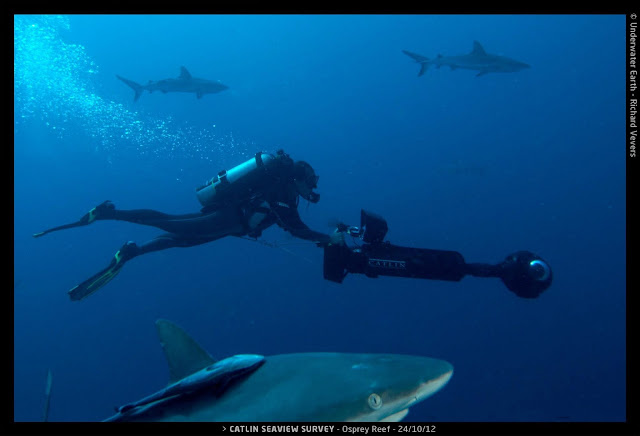When Birds of Different Feathers Flock

Birds with shared interests – safety, food, similar nesting spaces – often roost in and traverse the forest together. These mixed-species flocks are a boon for the birder, according to Faraaz Abdool. All photos by Faraaz Abdool In tropical rainforests, we imagine that the trees must be positively dripping with birds. Massive, bromeliad-laden boughs thirty metres in the canopy should be cradling all manner of avian diversity. Our imagination conjures toucans skipping over tanagers and honeycreepers in pursuit of the finest berry, as hummingbirds linger on the periphery, eager to sip from the nectar of delicate epiphyte blooms. Sometimes, or often, we put ourselves in a place like this and find a deafening silence. In forests that span hundreds, even thousands of square kilometres, one can easily spend a couple hours scanning without result at the risk of neck strain. Hope rises again upon the arrival of a mixed-species flock. The self-explanatory “mixed-spe...




